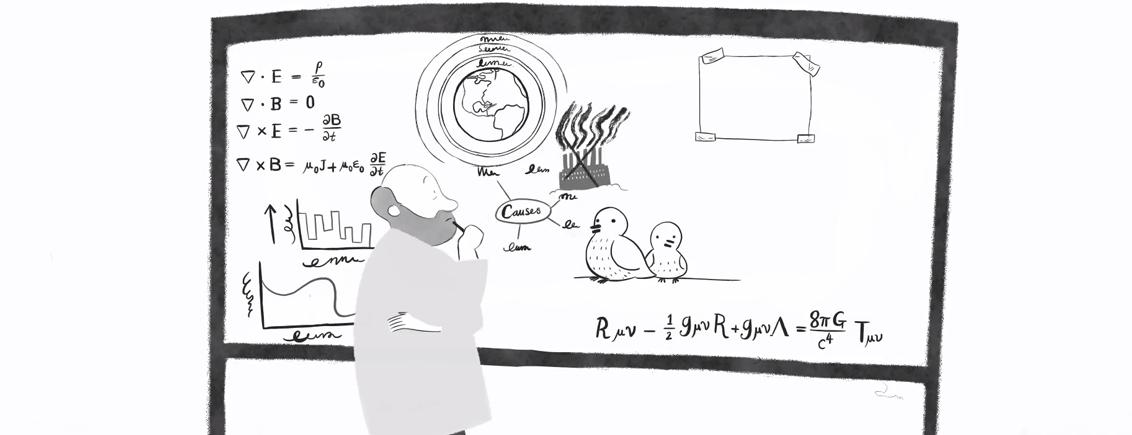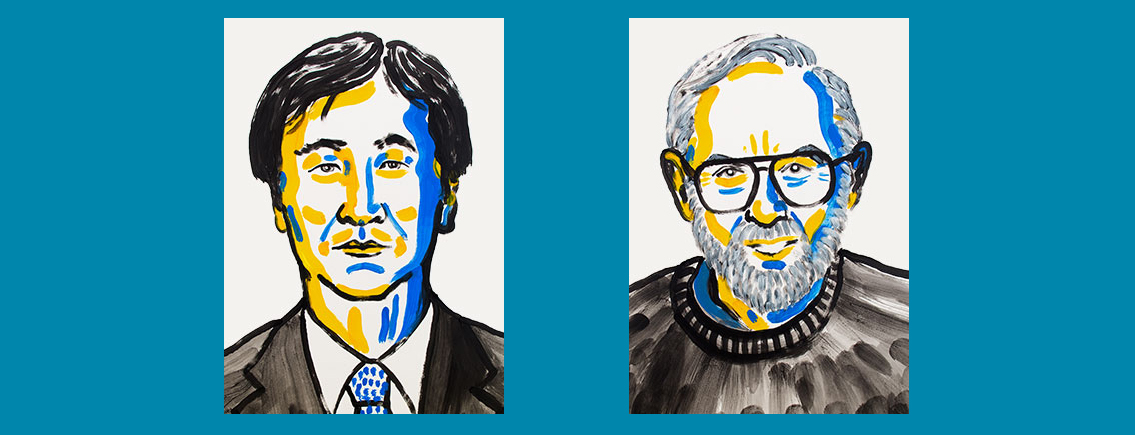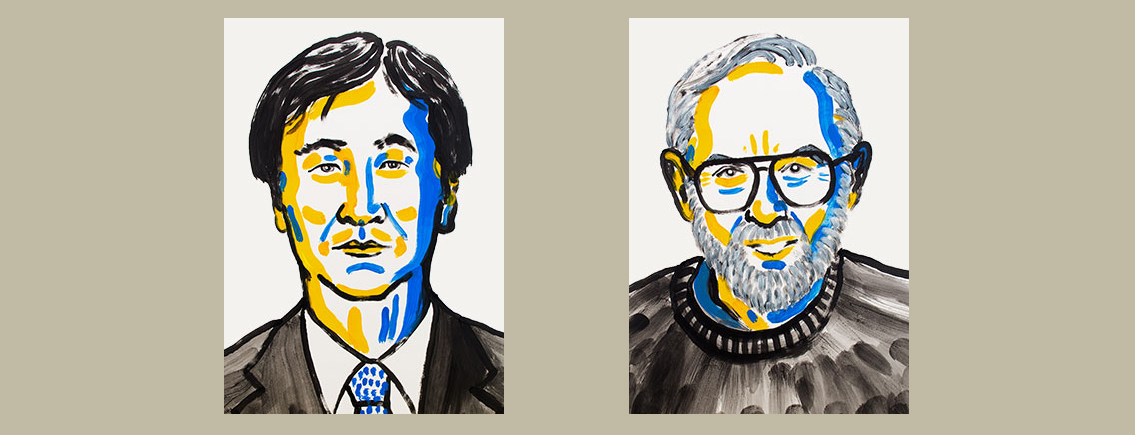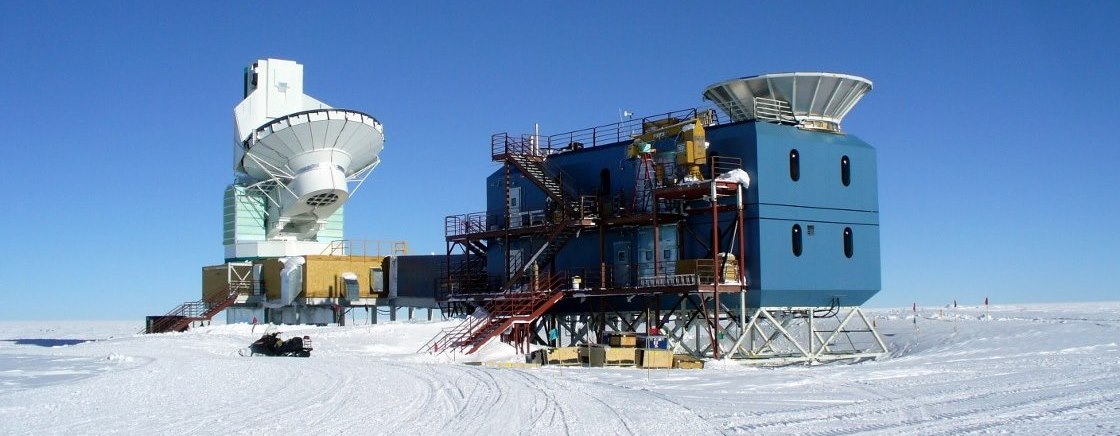Nobel Prize in Physics 2019: Hints to Some of Our Deepest Cosmological Questions
This year’s Nobel Prize in Physics recognises three researchers who expanded humanity’s horizons on the grandest of scales, contributing to our understanding of the evolution of the universe and our place within it.

Amazing Gravitational Wave Astronomy
Gravitational waves reveal an astounding number of black hole mergers – and help scientists to solve astronomical mysteries.Gravitational waves reveal an astounding number of black hole mergers – and help scientists to solve astronomical mysteries.

Video: The pigeon, the antenna and me with Robert Wilson
Radio astronomer Robert Wilson recalls a pair of pigeons who almost thwarted the discovery of cosmic background radiation.Radio astronomer Robert Wilson recalls a pair of pigeons who almost thwarted the discovery of cosmic background radiation.

2015 Nobel Prize in Physics: Changeable ‘ghost particles’
The Japanese Takaaki Kajita and the Canadian Arthur B. McDonald share the Nobel Prize for the discovery of neutrino oscillation.The Japanese Takaaki Kajita and the Canadian Arthur B. McDonald share the Nobel Prize for the discovery of neutrino oscillation.

Physiknobelpreis 2015: Wechselhafte ‘Geisterteilchen’
Der Japaner Takaaki Kajita und der Kanadier Arthur B. McDonald teilen sich den Nobelpreis für die Entdeckung der Neutrinooszillation.Der Japaner Takaaki Kajita und der Kanadier Arthur B. McDonald teilen sich den Nobelpreis für die Entdeckung der Neutrinooszillation.

What Happened With Cosmic Inflation?
Researchers thought they had found traces of gravitational waves from the earliest moments of the Universe. But they probably saw only dust.Researchers thought they had found traces of gravitational waves from the earliest moments of the Universe. But they probably saw only dust.
George Smoot: The explorer of cosmic microwave background radiation is 70
George Smoot from MIT to “The Big Bang Theory”
The Ongoing Issue of Dark Matter
New research data is shining an ever brighter light on the Big Bang – but dark matter remains elusive.
Nature Lindau video: Betting on the cosmos
Working out what happened in the moments after the Big Bang is difficult. Scientists can come up with theories, but in the end they are useful only if they can be tested. Nobel prizewinner Robert Laughlin is passionate about experiments. He challenges the students
Vom Urknall zu “The Big Bang Theory”: Interview mit George Smoot Teil II
Wie überall beim Lindauer Treffen ging es auch bei meinem Interview mit George Smoot nicht nur um die fachlichen Aspekte (siehe Teil I). Smoots Beschreibung des Beginns seiner wissenschaftlichen Karriere dürfte einigen Young Researchers bekannt vorkommen. Überspitzt gesagt der erste Tag an der Uni, und so viel interessante Wissenschaft, so wenig Zeit: "Es gab so […]
Urknall-Fluktuationen: Interview mit George Smoot Teil I
Unser Interview findet in einer sehr inhomogenen Umgebung statt: Am Bodenseeufer vor der Inselhalle atmen wir Luft (Dichte rund 0,001 Gramm pro Kubikzentimeter), lassen unsere Blicke über das Wasser (Dichte rund 1 Gramm pro Kubikzentimeter) und das gegenüberliegende Festland schweifen (irgendwo zwischen 1 und 3 g/cm³). Gerade richtig für mein Interview mit George Smoot (Dichte […]
The History of the Universe
John Mather is humble when describing his measurements of the cosmic microwave background radiation despite the fact that Steven Hawking described this measurement as possibly the most important discovery humans have ever made. The cosmic microwave background radiation is the remnant glow of the Big Bang; it is the primary evidence. Mather is careful to […]




